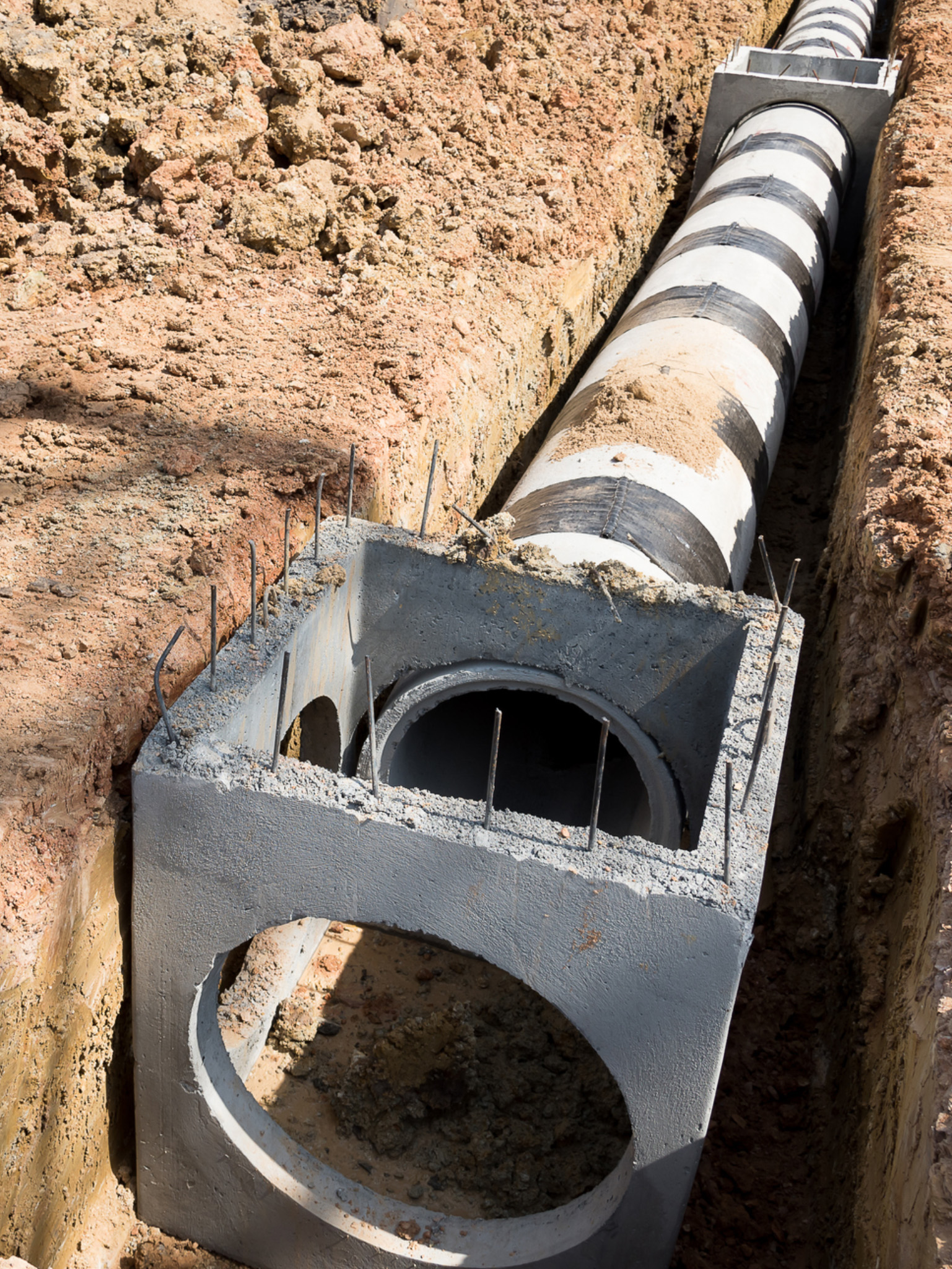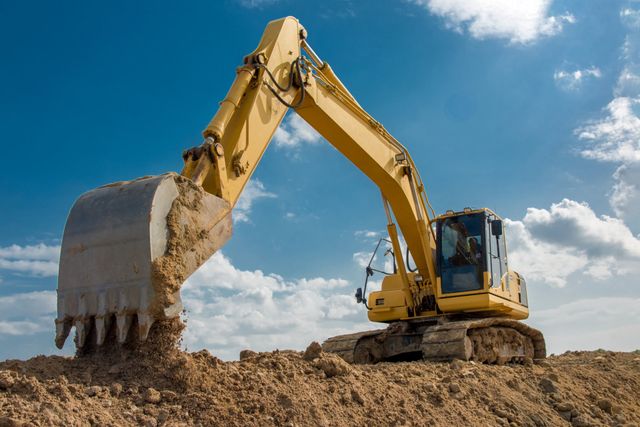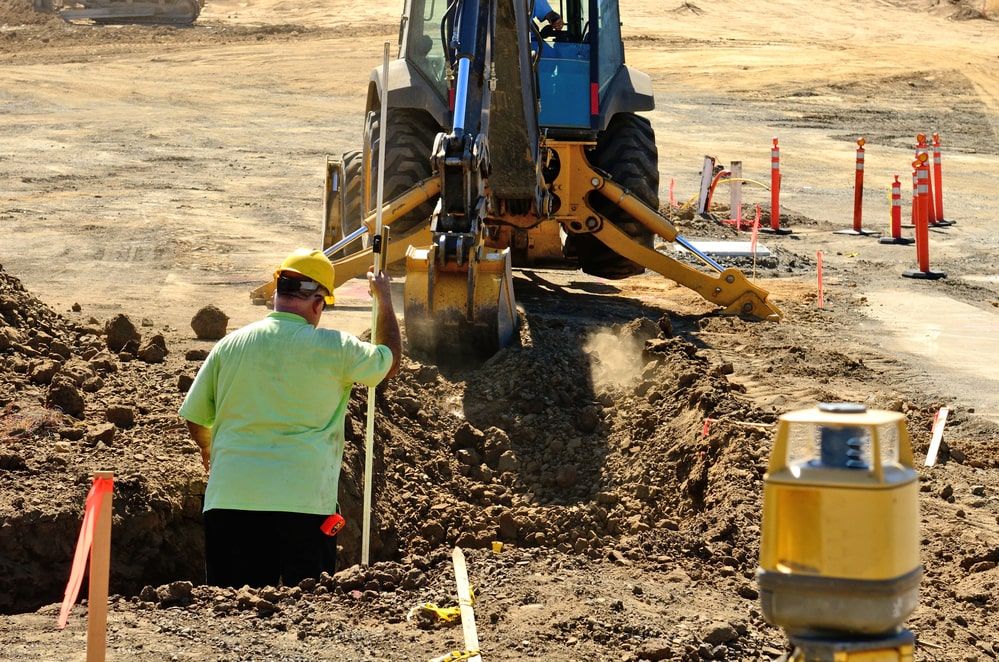Commercial Lancaster Trenching - Trenching Providers for Services in Lancaster
Commercial Lancaster Trenching - Trenching Providers for Services in Lancaster
Blog Article
Unveiling the Art of Excavation: Pro Tips for Safe and Efficient Digging
As soil is turned and planet is relocated, the ins and outs of excavation reveal themselves, requiring an eager understanding of equipment, soil make-up, security methods, and environmental considerations. The proficiency needed to navigate these elements successfully can mean the distinction between a successful excavation job and a potential calamity.
Relevance of Correct Tools
To ensure the safety and security and performance of any excavation task, utilizing the ideal tools is critical. Excavation tasks vary in extent and intricacy, varying from small property landscape design work to large building and construction endeavors.
Excavators are essential pieces of machinery in any kind of digging operation. These functional machines come in numerous sizes to fit various project needs. Mini excavators are excellent for smaller tasks, while larger excavators take on a lot more extensive projects effectively. Backhoes are another vital equipment type, combining the features of a loader and an excavator in one machine. They are useful for tasks calling for flexibility and ability to move.
Bulldozers stand out in tasks that require pushing big quantities of dirt or debris. By investing in the appropriate tools, excavation tasks can be completed safely, on time, and with accuracy.
Recognizing Dirt Composition
A comprehensive understanding of dirt make-up is essential for carrying out excavation jobs with precision and security. Comprehending the various types of dirt is critical as it directly impacts excavation techniques, tools option, and overall job efficiency.
Sand fragments are the biggest and give good drain but offer little cohesion. Silt fragments are smaller sized than sand yet bigger than clay, providing moderate water drainage and communication. Clay bits are the smallest and provide high communication yet inadequate drainage. Raw material, such as decaying plant material, influences soil fertility and security.
Prior to beginning excavation, conducting soil examinations to determine its make-up and characteristics is vital. This details helps in selecting the ideal devices, implementing precaution, and creating excavation approaches tailored to the specific dirt conditions - lancaster trenching. By recognizing dirt make-up, excavation professionals can enhance project outcomes while guaranteeing security and adherence to best practices
Safety And Security Actions and Methods
Comprehending dirt structure is the foundation whereupon security procedures and procedures for excavation tasks are built, ensuring the wellness of workers and the success of the venture. There are a number of vital steps that need to be carried out to reduce dangers and stop accidents. when it comes to safety and security throughout excavation.
Firstly, prior to any type of excavating begins, a comprehensive evaluation of the site should be conducted to recognize any prospective risks such as underground energies, unstable soil problems, or nearby frameworks that could posture a threat. It is vital to have a competent individual manage the excavation procedure to make certain that all safety procedures are complied with strictly.
Additionally, all employees included in the excavation has to be correctly trained in risk-free excavating techniques and the appropriate procedure of equipment. By sticking to these safety measures and methods, excavation tasks can be completed efficiently and without event.
Reliable Excavation Planning
When getting started on an excavation project, precise preparation is necessary to make sure performance, safety and security, and successful results. Efficient excavation planning includes numerous key steps that are critical for the smooth implementation of the project. The very first step is to conduct a comprehensive site assessment to determine any kind of potential threats, such as below ground energies or unpredictable soil conditions. This info is crucial for developing an in-depth excavation strategy that includes safety measures and risk mitigation techniques.
Once the website evaluation is full, the next action is to develop a clear timeline and routine for the excavation activities. This consists of figuring out the series of jobs, equipment demands, and manpower allocation. Correct scheduling assists avoid delays and makes sure that the job remains on track.

Moreover, interaction amongst all staff member is paramount during the planning stage. Clear directives, routine updates, and reliable sychronisation are necessary for an effective excavation project. By spending time and effort in meticulous preparation, excavation groups can considerably boost efficiency, decrease dangers, and accomplish effective outcomes.

Taking Care Of Environmental Factors To Consider
With increasing emphasis on environmental sustainability in building and construction practices, handling ecological factors to consider has ended up being an essential facet of excavation tasks. Excavation activities have the potential to impact the surrounding atmosphere through soil erosion, sediment runoff, environment interruption, and contamination of water resources. To mitigate Bonuses these threats, it is important to execute finest techniques that focus on environmental security.

Additionally, proper waste monitoring is critical to stop soil and water contamination. Implementing treatments for the disposal of hazardous materials, recycling of waste products, and reducing the use of harmful chemicals can significantly reduce the ecological influence of excavation projects. By integrating these practices right into excavation planning and execution, building and construction business can guarantee that their jobs are not only risk-free and productive however additionally environmentally accountable.
Verdict
Finally, mastering the art of excavation calls for a thorough understanding of correct tools, soil structure, precaution, and effective preparation. By adhering to these standards and thinking about environmental elements, excavations can be conducted safely and effectively. It is important to focus on safety and security and productivity in every digging task to guarantee successful results.
As dirt is turned and planet is moved, the ins and outs of excavation expose themselves, demanding an eager understanding of equipment, dirt composition, safety protocols, and ecological considerations.To make certain the safety and performance of any excavation task, making use of the suitable devices is vital.An extensive understanding of dirt structure is fundamental for performing excavation tasks with precision and safety and security. Comprehending the you could look here different types of dirt is critical as it straight affects excavation techniques, equipment selection, and general task effectiveness. By recognizing soil make-up, excavation specialists my sources can improve job results while making certain security and adherence to ideal methods.
Report this page